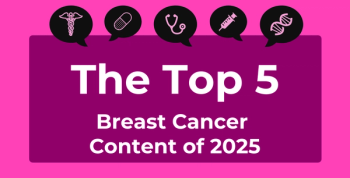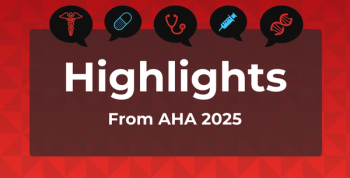
Specialty Drug Trend Is Strong but May Shift With Biosimilars
In 2021, the specialty drug trend rebounded from the pandemic, and it is expected to stay strong with more specialty drugs coming. Increased availability of biosimilars could shift this trend.
The specialty drug prescription growth per member per month (PMPM) was 14.2% in 2020-2021, and that trend is expected to stay strong with more specialty drugs entering the market; however, the introduction of more biosimilars can shift the trend, according to a
The 2022 State of Specialty Spend and Trend Report analyzes specialty drug spending for both pharmacy and medical claims. The first report was published in 2016. The current trend report highlights the increasing use of biosimilars, the impact they’ve already had on trends, and the expected impact in the future.
The report notes that the increased availability of biosimilars, as well as specialty generics, have created opportunities for lower cost specialty alternatives, which is important as the PMPM specialty drug cost has sharply increased from $615 in 2016 to $1295 in 2021. The average cost of a specialty drug on the pharmacy benefit has increased in that same time from $3604 to $4562.
However, the reduced spend from biosimilars and specialty generics has been offset by a growth in the number of specialty drugs entering the market. The PMPM specialty drug cost trend was 12.8% in 2019, 11.8% in 2020, and 14.2% in 2021.
“Specialty trend returned to a pre-pandemic level in 2021, rebounding to 14.2%,” Michael Lonergan, RPh, president of PSG,
The filgrastim biosimilars (Zarxio and Nivestym) had the greatest market share in 2021 at 76.1%. Zarxio was the first biosimilar to enter the US market in 2015. There are 5 biosimilars for trastuzumab on the market and their market share increased sharply from 1.5% in 2019 to 68.6% in 2021. The first trastuzumab biosimilar to hit the market was Kanjinti, which launched July 2019.
“Overall, biosimilar utilization increased from 12.4% in 2020 to 22.5% in 2021,” according to the report. All eyes are now on 2023 for the arrival of multiple adalimumab (Humira) biosimilars. There are 7 currently approved, with the first to launch January 2023, and more expected to be approved.
Inflammatory conditions are the top category for spend: the top 3 drugs by cost are adalimumab, ustekinumab, and etanercept. Adalimumab is the top drug in terms of overall plan cost. The average 2021 cost per prescription was $6398 and the plan cost per member per year trend was 25.9%. There are likely going to be savings from the adalimumab biosimilars in early 2023, but the full realization of savings will not be achieved until 2024. There are 2 approved etanercept biosimilars that have been kept off the market so far due to patent litigation.
“The competitive market between innovator brands and biosimilars is more similar to brand-to-brand versus brand-to-generic competition,” the report noted. “Consequently, the biosimilar may not be the lowest net cost therapy if the innovator brand is willing to offer rebates or price concessions.”
Of the drugs with biosimilars on the market for at least 2 years, infliximab biosimilars have the smallest market share with only 22.6% in 2021, up from 10.0% in 2019. There are 4 infliximab biosimilars approved, but only 3 have launched in the United States. Pfizer has withheld Ixifi from the US market to avoid competing with its other infliximab biosimilar, Inflectra, which was the second biosimilar approved in the United States in April 2016.
The report analyzed utilization trends for infliximab to highlight that as more biosimilars entered the market, the overall average sales price per unit for all infliximab medications declined.
“This is positive news for plans,” the report added.
Newsletter
Stay ahead of policy, cost, and value—subscribe to AJMC for expert insights at the intersection of clinical care and health economics.









































